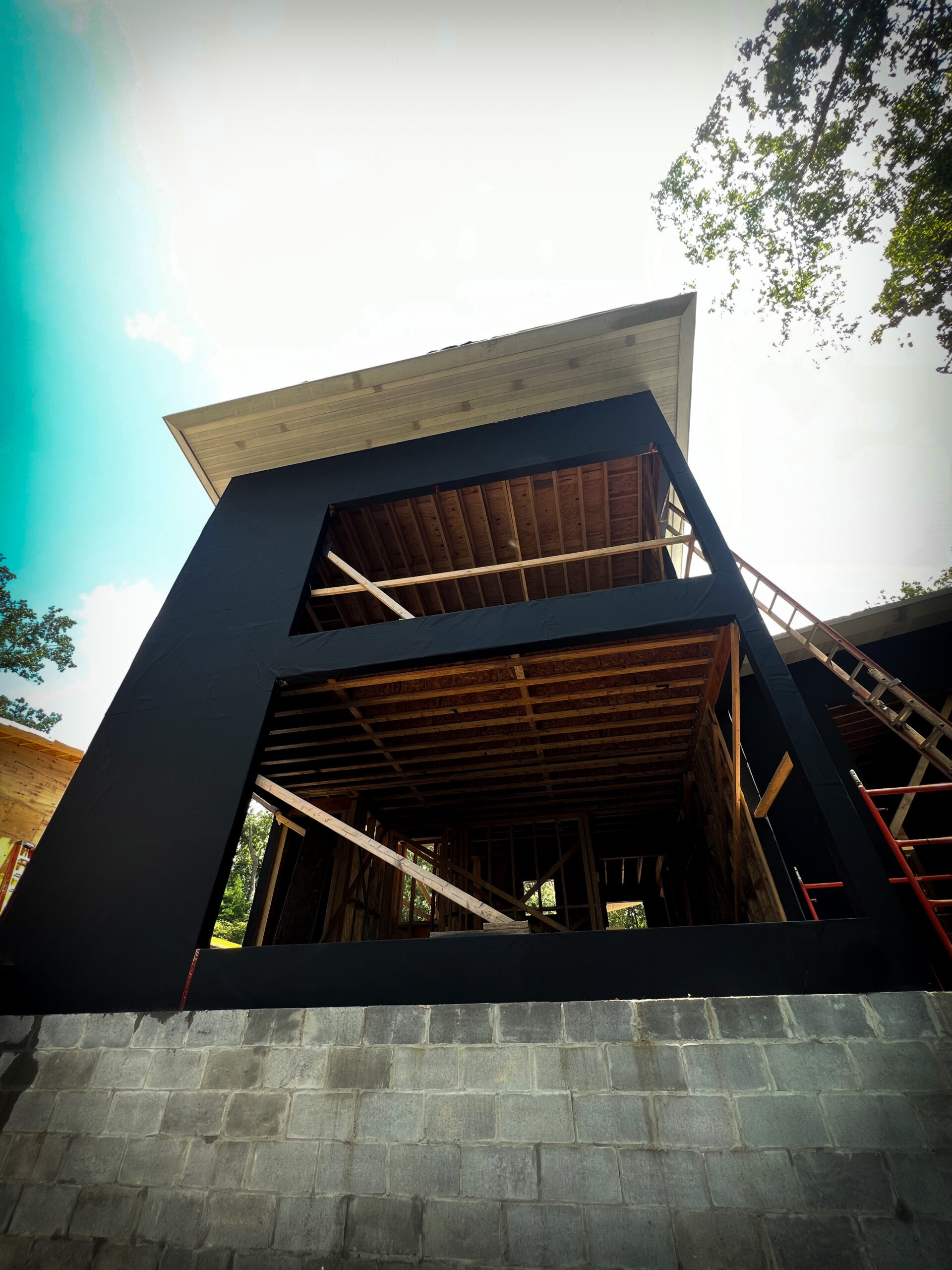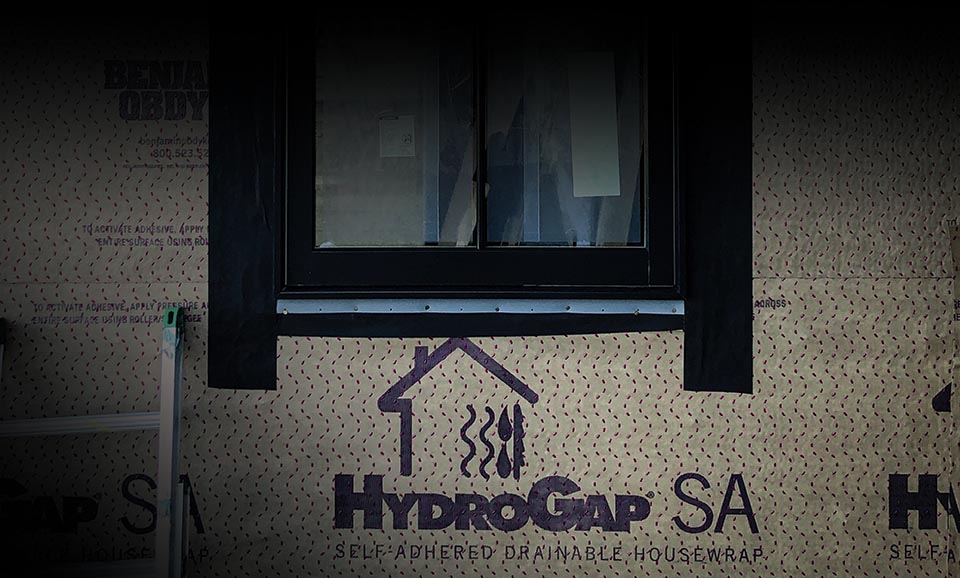If you haven’t heard about open-joint cladding, you must live under a rock. These exterior wall systems have graced the top of nearly every architecture trend guide in the last few years. The panels leave ‘gaps’ or ‘joints’ between them and are typically made of wood, metal, composite materials, or fiber cement.
However, if you have heard of it – or even installed it – it doesn’t mean you are empowered with all the knowledge you need to protect these cladding systems from the elements. One of the biggest threats these systems face is the sun. UV rays are known to be harmful to many building materials, so product research is key when planning an open-joint cladding project. Keep reading to learn more about the factors you should consider.
Choosing a UV-Rated System
Black felt, or construction paper will not do the job for this one. You must seek out systems designed with UV exposure in mind. At Obdyke, we take the guesswork out of it. Our UV-Protected Rainscreen System has everything you need to protect your building envelope.
UV-Rated Housewrap
This system features two housewrap options: the mechanically-fastened InvisiWrap UV or its self-adhered counterpart InvisiWrap SA. These housewraps feature a sleek, unprinted black facing to ensure aesthetic integrity remains. Both WRBs can withstand extreme weather and up to 12 months of UV exposure before siding is installed. The benefits of using a black housewrap in open-joint cladding style construction are far and wide. To get more detailed information on using a black housewrap, click here.
A Rainscreen Made for Open Joint Cladding
If you’re looking for a UV-stable rainscreen solution, look no further than Batten UV. This rainscreen features a compression-resistant design perfect for supporting the installation of open-joint cladding materials. With its notched design, Batten UV provides multi-directional airflow and drainage for open joint cladding rainscreen applications, ensuring the wall cavity stays dry. And because it’s made with polypropylene, it’s durable and flexible, even in cold temperatures, and won’t rot like wood furring strips.
Finish it Off with HydroFlash UV+
If anyone ever told you that all flashing is the same – they lied to you. We highly recommend using acrylic-based flashing tape if your goal is to build high-quality exteriors. When working on an open-joint cladding project, it’s crucial that you even go a step beyond that. You’ll want to use an acrylic-based flashing tape that is also UV-resistant. Lucky for you, we’ve got it. OurHydroFlash UV+ helps complete what we call the perfect trifecta to build an open-joint cladding exterior. HydroFlash UV+ boasts a 12-month UV rating and is vapor permeable. The characteristics of this premium flashing tape prevent mold and rot behind critical penetration points like windows and doors.
Air Sealing in an Open Joint Cladding Project
In these types of projects, it’s vital to incorporate an air control layer. Using a self-adhered WRB, like InvisiWrap SA, you can help limit the amount of air that passes through the membrane. Without adequate airflow, moisture can become trapped behind the cladding, which could lead to a plethora of issues and contribute to deteriorating the structure’s integrity. To best achieve this, you should choose a durable, stout, self-adhered WRB to attach directly to the sheathing or OSB. InvisiWrap SA, which has a continuous acrylic-adhesive backing, also ensures that penetration points and areas where fasteners are placed are sealed.
UV Shouldn’t be Considered for just Open Joint Cladding
UV-Rated products play a more significant role than just in open-joint cladding projects. Often, we find that some builders opt to use UV-Rated products when they know that timing might be an issue and their standard housewrap wouldn’t be able to stay exposed to the sun as long. In a world of delays, whether it be windows, siding, or even labor – being prepared is better than scrambling to cover your project at the last minute.
If you’re a visual learner like us and want to see the products first-hand, request a sample!




